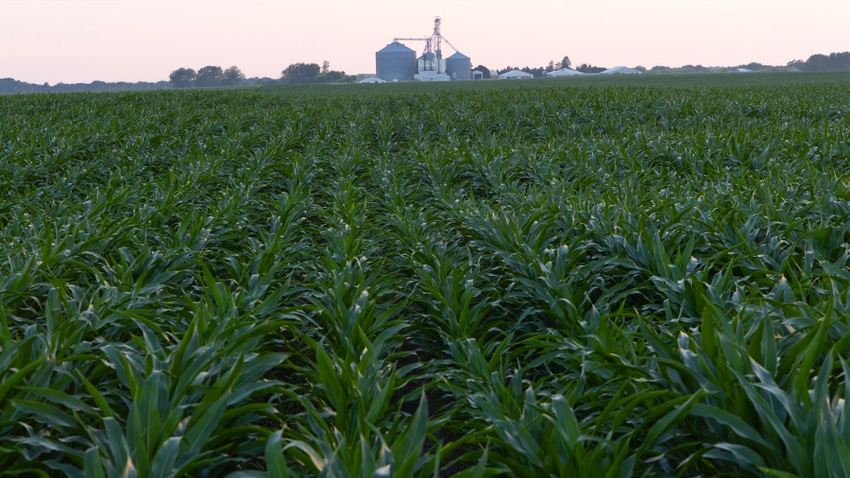
On the surface, little seems to have changed in the corn fertilizer and herbicide space. Farmers still use many of the same nitrogen fertilizer products, such as anhydrous ammonia and urea, that they’ve used for decades. The last corn and soybean herbicide new site of action debuted around 25 years ago.
However, technologies are on the way that will rock this seemingly sleepy world, according to panelists at January’s Farm Futures Business Summit in Coralville, Iowa. Here’s a look at some of what’s coming:
N fertilizer process. If your corn has that deep, rich, “bloody green” midsummer hue, odds are a share of it is due to commercial nitrogen applications. Thank the Haber-Bosch process — discovered by German chemists early in the 20th century — that produces ammonia used in N fertilizer. This revolutionized corn production. Yet, it has a drawback that’s getting more attention.
“It contributes a significant carbon footprint that won’t go away anytime soon,” says Scott Shearer, Ohio State University ag engineer.
That’s led companies to search for a new way to make commercial N with a lighter carbon footprint. Nitricity is one firm that is using electricity to make a weak nitrate acid solution as an N source for crop growth, Shearer says. Founded by a team of Stanford University graduate students in 2018, the Fremont, Calif., company uses new technology based on low-cost solar or wind in the manufacturing process.
Herbicide solid-encapsulation. New sites of action for corn and herbicides hit the wall around 25 years ago with the introduction of Group 27 herbicides (Callisto, Balance Flexx). Since these HPPD inhibitor herbicides debuted, chemical companies haven’t developed any new corn and soybean herbicide sites of action. Still, companies are honing existing herbicide sites of action. An example is Surtain herbicide from BASF.
Surtain contains the reformulated version of the active ingredient in Kixor, a Group 14 (PPO inhibitor) herbicide that’s teamed with the Group 15 herbicide pyroxasulfone (Zidua) for grass control. Surtain features new solid-encapsulation technology that will enable farmers to apply it pre- and early postemergence in corn.
Smart spraying. Through machine learning, sprayers can apply chemicals only to weeds and nothing else. Some systems include:
See & Spray. John Deere’s Ultimate option targets weeds in standing corn, soybeans and cotton planted in 30-inch rows and wider. The Premium option upgrades to certain existing John Deere sprayers. The Select option targets herbicide application solely on weeds on fallow ground.
One Smart Spray. This technology was created through a joint venture between Bosch and BASF Digital Farming, with integration led by Raven engineers at CNH Industrial. It will be commercially available in Case IH and New Holland Sprayers. One Smart Spray is also collaborating with Agco on Fendt Rogator sprayers.
Selective Spraying. Greeneye Technology’s system is designed to be retrofitted on existing sprayers.
Bilberry. Trimble added this system to its crop protections portfolio that already included the targeted spray system WeedSeeker 2.
Perks include applying less chemical during spraying applications. However, this may also involve reformulation of chemistries used in these systems, says Kurt Maertens, a BASF technical services representatives.
“Changing formulations is not an overnight process,” he says. It can take five to seven years, and may also involve regulatory approval, he adds.
About the Author(s)
You May Also Like






